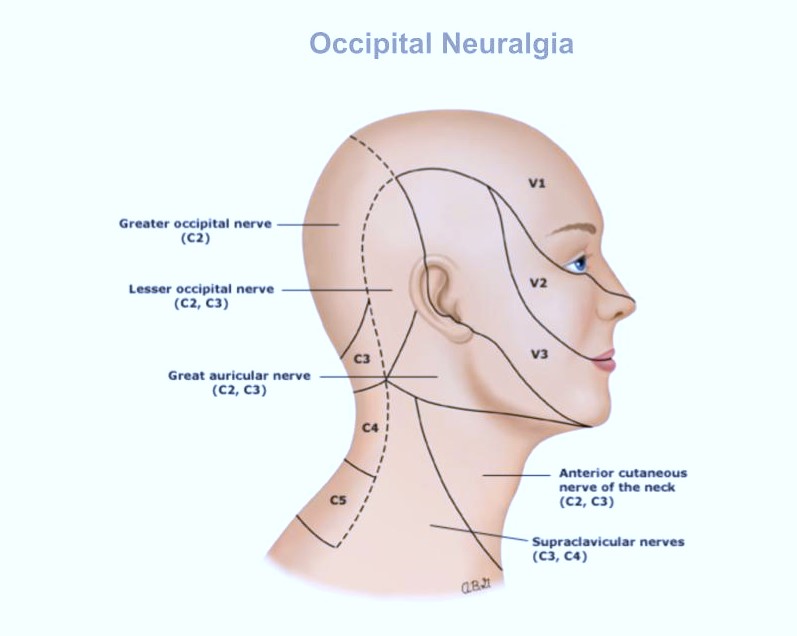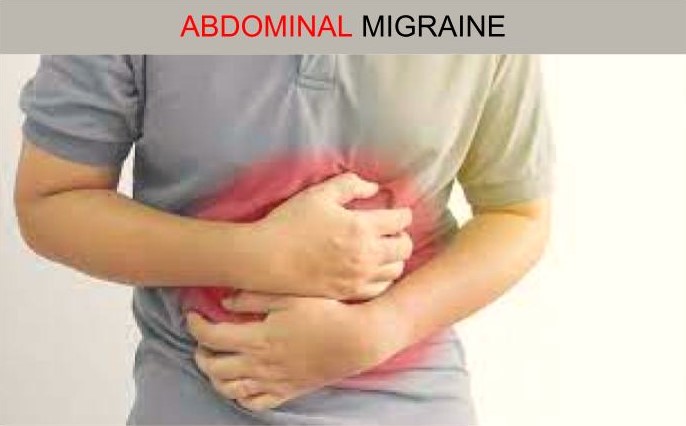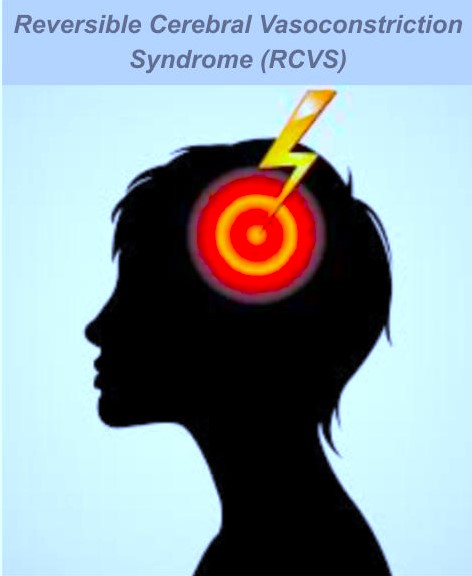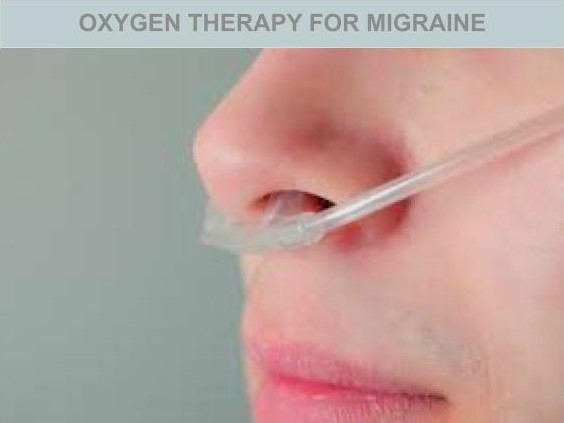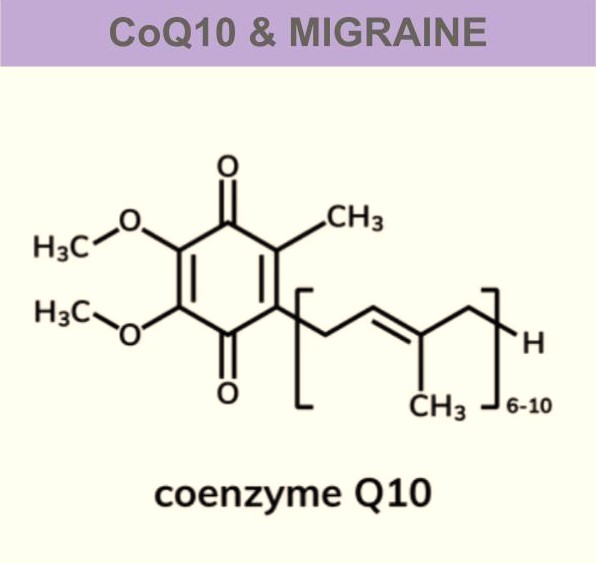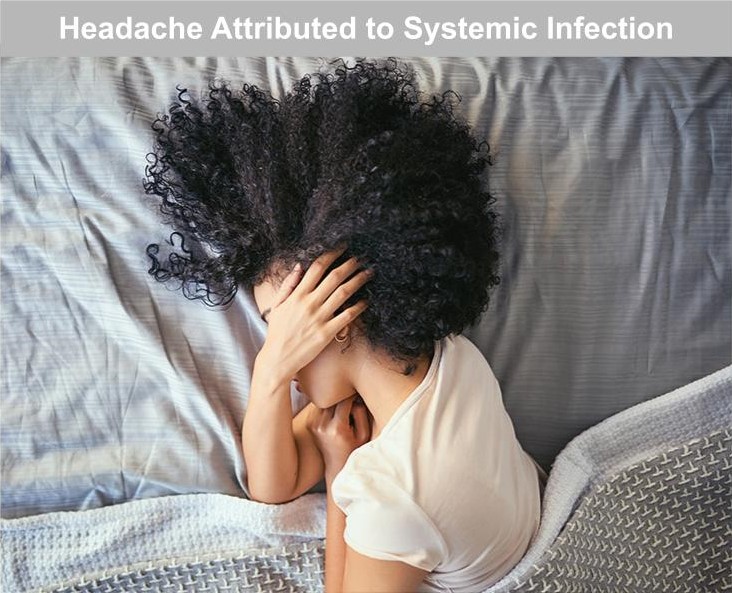
Low pressure headaches typically result from leakage of cerebrospinal fluid – often from the thoracic spine or lower cervical spine and is commonly attributed to minor trauma. Headaches tend to be positional, on both sides of the head and predominantly in the occipital region.
Associated symptoms included dizziness, visual disturbances and sometimes changes in hearing. Visual symptoms have been attributed to traction of the optic nerve which is in the back of a person’s head. The great majority of patients improve spontaneously, although it can take up to months.
Diagnosis of these types of headaches can be made with evidence of low csf pressure seen on brain MRIs. Additionally, evidence of fluid leakage can be seen on other diagnostic testing ie ( CT myelography).
Proposed treatment options include rest, analgesics, caffeine, steroids, and hydration. In severe cases epidural saline infusions and/or a blood patch can be done.
By: Jordan Shankle, PA

